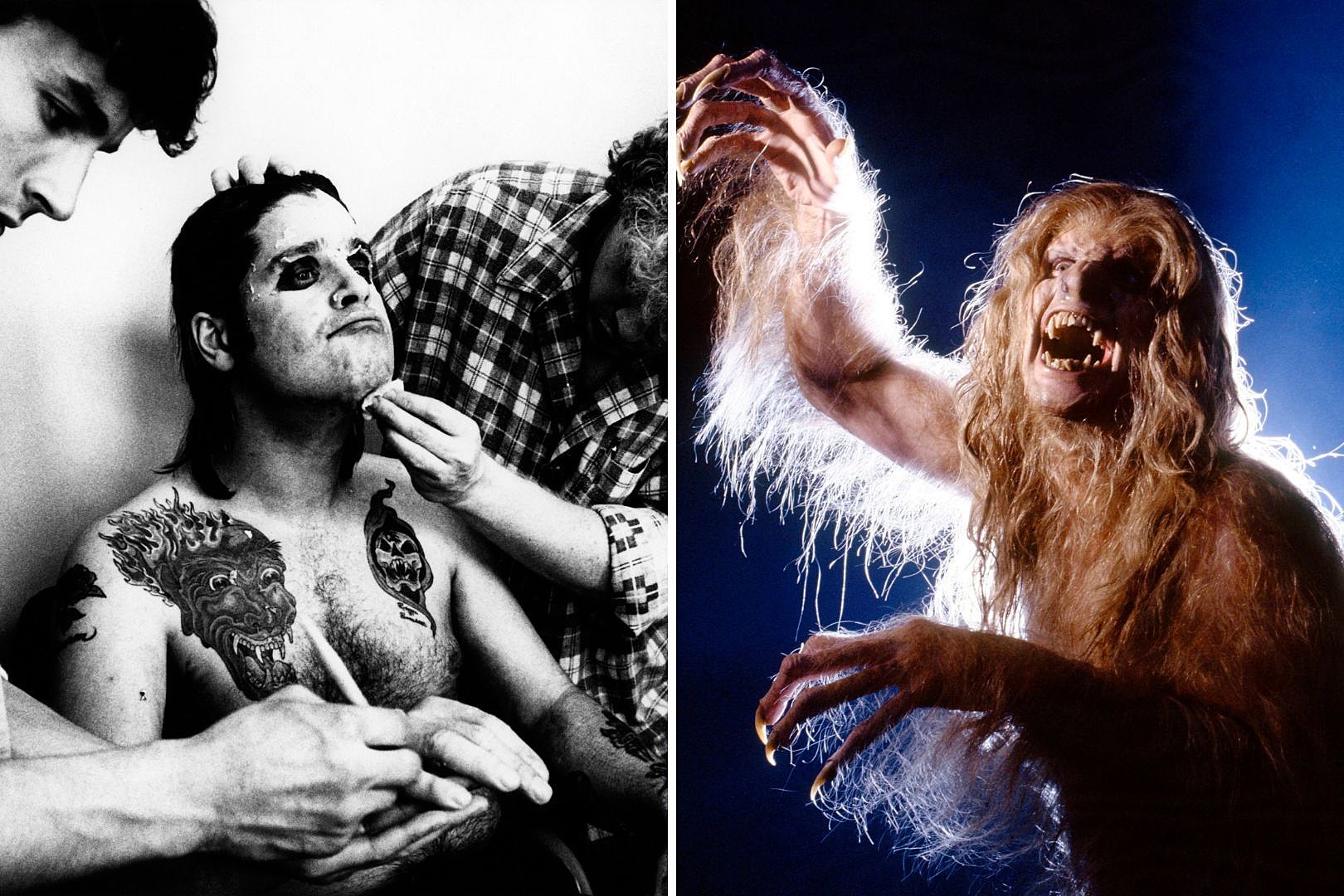
About the Song
Released in 1983 as the title track of Ozzy Osbourne’s third solo studio album Bark at the Moon, this electrifying song marked a pivotal moment in the legendary rocker’s career. Following the tragic death of guitarist Randy Rhoads in 1982, many wondered if Ozzy could continue his meteoric solo journey. “Bark at the Moon” became his emphatic answer — a thunderous, theatrical, and defiantly alive statement that proved the Prince of Darkness would not be silenced.
From the first strike of Jake E. Lee’s searing guitar riff, the track bursts with high-octane energy, fusing classic heavy metal aggression with a sense of cinematic drama. Musically, it’s a perfect storm of 1980s metal: powerful drumming, razor-sharp guitar solos, and Ozzy’s unmistakable vocals, which carry both menace and exhilaration. The song’s driving tempo and soaring choruses make it an instant arena favorite, perfectly tailored for the headbanging crowds that defined Ozzy’s live shows of the era.
Lyrically, “Bark at the Moon” dives into mythical and supernatural imagery, telling the story of a creature — often interpreted as a werewolf or an outcast monster — who haunts the night and unleashes chaos. While the song’s narrative leans into horror-inspired fantasy, fans have long felt that it also mirrors Ozzy’s own persona: a misunderstood figure, feared by some, celebrated by others, and ultimately unstoppable. This duality — blending comic-book villainy with personal resilience — helped cement the song as one of his most iconic works.
The accompanying music video, featuring Ozzy in full werewolf makeup, amplified the track’s gothic and theatrical appeal. In the early days of MTV, this visual spectacle not only boosted the single’s success but also solidified Ozzy as a master of rock showmanship, capable of turning his larger-than-life image into unforgettable entertainment.
Even four decades later, “Bark at the Moon” remains a cornerstone of Ozzy Osbourne’s legacy — a song that embodies the thrill, darkness, and defiant spirit of heavy metal in the 1980s. It is more than just a horror-inspired rock track; it is a howl of survival, a declaration that no matter how many storms he faced, Ozzy would always return to the spotlight, louder and wilder than ever.